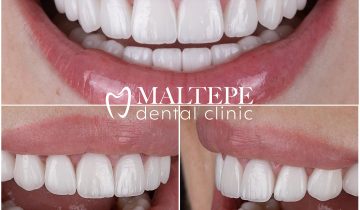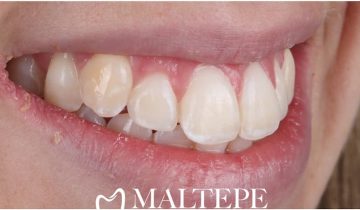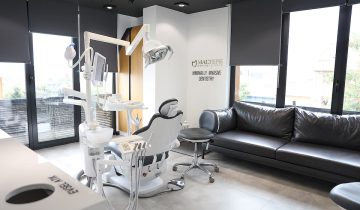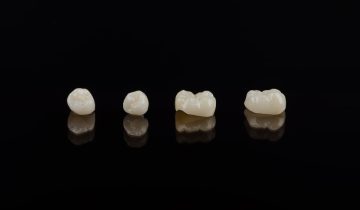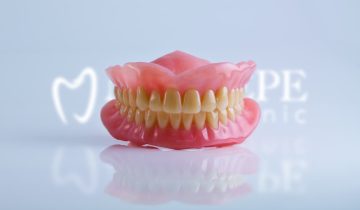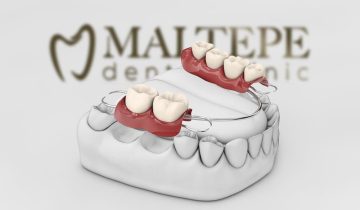Last updated on August 16th, 2023
Dental lasers are designed to carry out dental procedures with higher precision and less pain. Since they allow dental professionals to conduct otherwise painful dental procedures without painful incisions or drills, dental lasers have become handy tools replacing many traditional dentistry items.
In this article, we will take a closer look at dental lasers that were developed for different purposes, and highlight the advantages and disadvantages of dental lasers. Then, we will be comparing traditional dentistry to laser-aided dental treatments comparing various factors referring to the scientific papers in the field. Enjoy!
Dental Laser Technology: A Closer Look
Light Amplification by Stimulated Emission of Radiation, or the acronym LASER, is a great innovation in many aspects. Dental treatments, especially periodontological practices have become much less invasive owing to laser technology.
Basically, a laser is a single wavelength of light sending light energy through continuous emission. This beam of light targets the desired spots on the tissue so that the operator can do the cutting, incising, or ablation of the tissues. Depending on their wavelength, the lasers can be used on different types of tissues. Mechanically, all lasers are made in a similar way. They have an active medium, and the medium can be in the form of a gas, crystal, semiconductor, or in solid state. They have a laser tube or cavity to create the optical mirroring. Then, they have external energy that pumps the atoms into the medium to raise the energy levels.
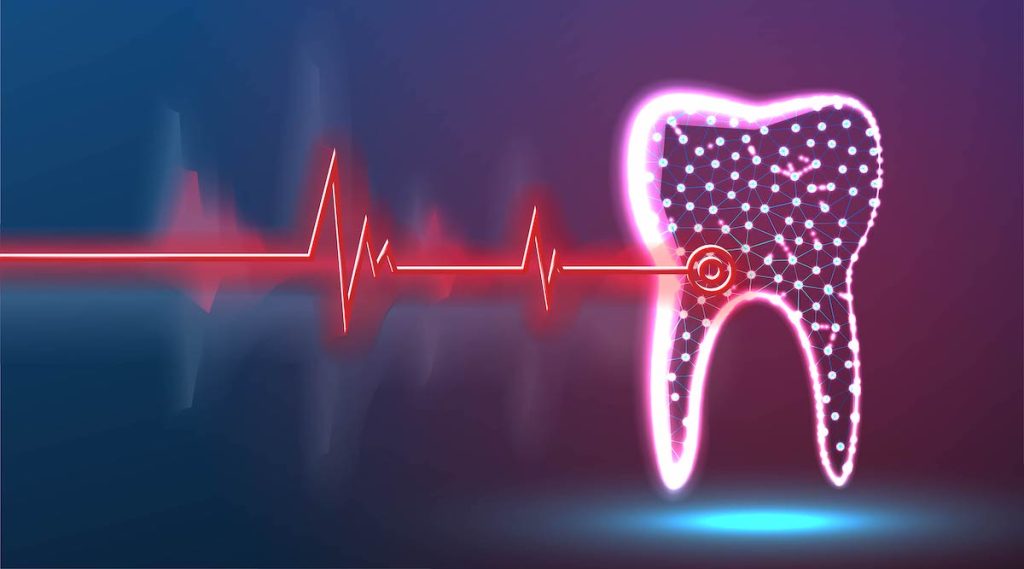
Depending on the type of work and the device, they tend to show variations in their emission modes. When the laser light strikes a tissue, the light can be absorbed, transmitted, reflected, or scattered by the target tissue. The wavelength of the laser and the optical characteristic of the target tissue determine what will happen when the light is focused on it.
After these technical explanations, let’s take a look at dental laser types and their specific uses in dentistry.
Types Of Dental Lasers And Their Specific Uses
Dental lasers can be categorized regarding their spectrum of light, output energy, medium type, oscillation mode, or material used in the production. To make things simpler, we can categorize them into two main groups as suggested by a review study published in the Open Journal of Stomatology in 2022: high-power lasers and low-power lasers.
The high-power lasers are Nd: YAG, Diode, Er: YAG, Er, and Cr; YSGG. And the low-power lasers can be used for photobiomodulation (PBM) therapy. It is also practical to categorize them as soft tissue laser, targeting mostly the gum tissue, and hard tissue laser, targeting the tooth and bone structure.
The Advantages Of Using Dental Lasers For Teeth Whitening
The effective use of laser technology can provide dental professionals with certain advantages by reducing inflammation, relieving pain, accelerating tissue repair, removing granulation…etc. Along with many other advantages, dental lasers are best known for their immense contribution to teeth whitening procedures. The following are the advantages of Laser Teeth Whitening:
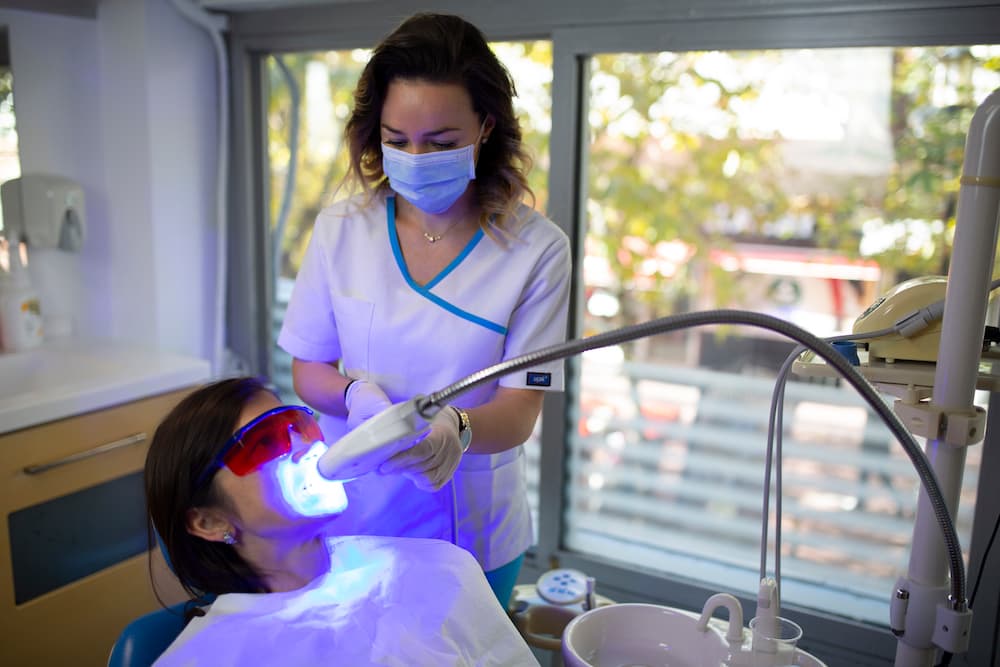
- Laser teeth bleaching gives instant results. It takes roughly an hour. You can have teeth up to 10 shades whiter after just one operation.
- Laser teeth whitening is extremely precise. If you have discoloration on one or two teeth, your dentist can focus on the target tooth only.
- Laser teeth whitening is non-invasive, and it can remove some harder stains that other techniques cannot.
- Laser teeth whitening offers white teeth for up to 2 years following the treatment as long as you practice proper oral care.
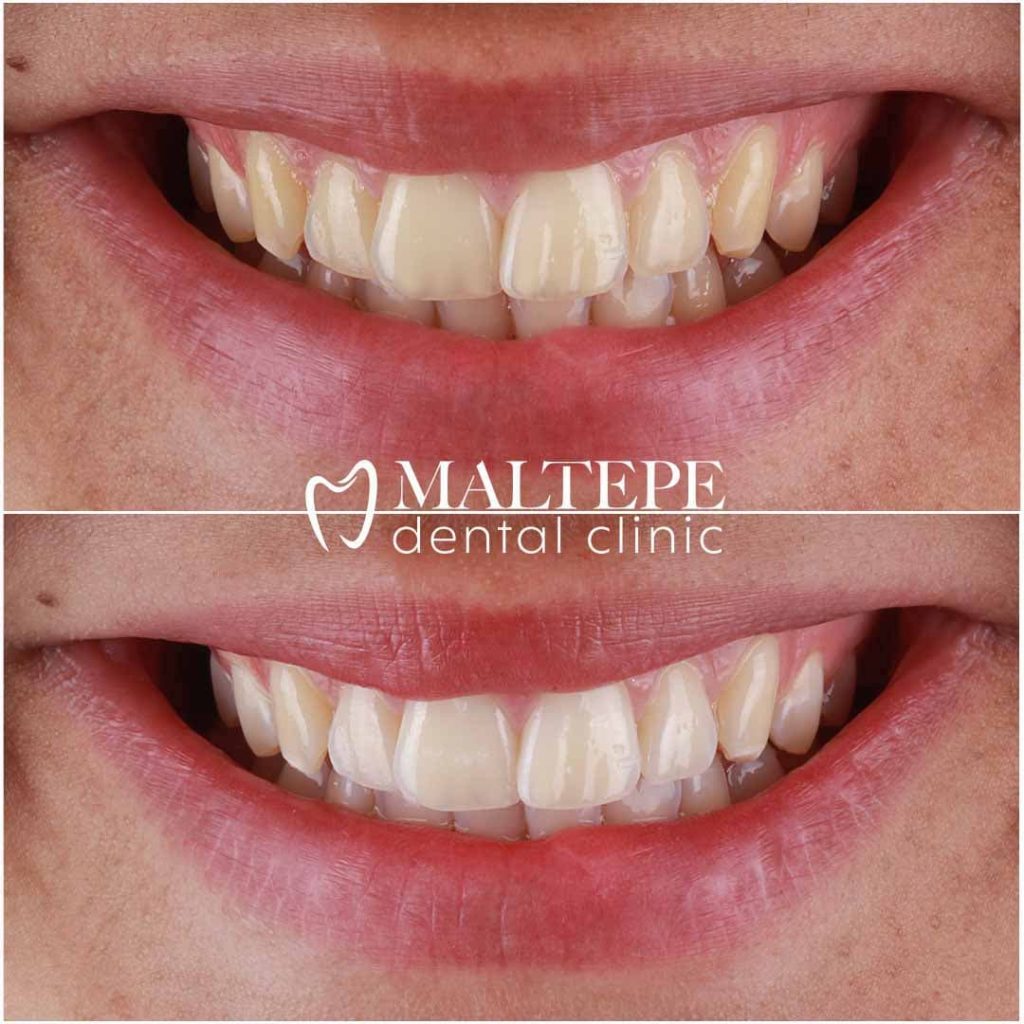
Soft Tissue (Diode) Lasers: A Revolutionary Approach To Gum Surgery
Soft tissue lasers are primarily CO2 and Nd: YAG laser energies. Both types of lasers can be used for similar purposes such as frenectomies, lesion ablations, biopsies (incisional and excisional), gingivoplasty (gum reshaping), and gingivectomy (removal of the diseased gum tissue) treatments, reduction of soft tissue tuberosity, removing operculum, crown lengthening…etc. Using soft tissue lasers has been a huge step towards better dentistry with less pain and bleeding.
According to the study published in The Journal of Periodontology, in 1993, while both CO2 and Nd: YAG lasers offer relatively bloodless operations and post-operative healing time, it should be noted that CO2 lasers are usually faster in most of the procedures listed above.
According to another study published in The Journal of Lasers in Medical Sciences ( JLMS), in 2013, diode lasers are useful for oral surgeries involving soft tissue, particularly for treating small, yet noticeable growths. They offer benefits such as ease of use, improved blood clotting, no need for sutures, and reduced swelling and pain. It also improves the appearance of gums including the treatment of physiologic gingival pigmentation. They are also preferred over other types of periodontal surgery for their faster results, improved tissue removal and healing, and lack of bleeding.
According to a case report in 2020, a diode laser may be a good option for surgically treating benign proliferative lesion growths in the mouth with minimal side effects.
The Benefits Of Laser Dentistry For Patients
Laser dentistry is not only advantageous in teeth whitening but also for many other treatments. Here you can find some of the greatest advantages of laser dentistry for patients.
Laser dentistry…
- Causes less pain, and patients need little or no anesthesia.
- Helps to overcome dental fear or dental phobia
- Faster healing and recovery
- Eliminates the need to use dental drills which makes many patients uncomfortable and anxious.
- Minimizes swelling and bleeding during the treatments.
- Preserves the teeth while removing the cavities.
Drawbacks of Laser Dentistry
- Inability to treat teeth with certain types of fillings, like metal amalgam.
- Possibility of damaging tooth pulp with hard lasers.
- The necessity for anesthesia for some laser procedures.
- Needsr traditional drills for tasks like filling shaping, bite adjustment, and polishing.
- Limitations in treatment options depend on tooth or gum condition.
Traditional Vs. Laser Dentistry: Comparing The Pros And Cons
It is now possible to perform almost any dental treatment through laser dentistry tools. However, the traditional methods of dental treatments are still common in clinics. So, it might be confusing for a patient to decide which one is right for them. Here is a short comparison of traditional and laser dentistry to help you make your mind up.
Pain
If pain is your main concern, then laser dentistry is the right way to go for you. Traditional treatments usually use drills and other dental instruments which tend to be more painful than lasers. This can be a very important criterion for kids in particular. With regard to this, in a survey study published in Acta Odontologica Turcica, in 2017, 20.83% of the participants selected the option ‘no hurt’ during caries removal. This revealed that using lasers is more convenient in the treatment of pediatric patients.
Bleeding And Swelling
Laser dentistry promises less bleeding after treatments. The laser can promote blood clotting by sealing the blood vessels, and it also causes less swelling since the procedure is not very invasive.
Recovery
Traditional drill dentistry is more likely to cause bleeding and swelling. And as you may have already guessed, more pain and swelling mean longer recovery time. However, laser dentistry offers patients faster recovery time compared to traditional techniques.
Bacterial Infection
Drill dentistry leaves relatively bigger wounds behind. This makes the incision area more prone to bacteria and infections. Laser dentistry, on the other hand, reduces the risk of getting an infection by sterilizing the area t after the operation.
Accuracy
Drill dentistry has developed in terms of accuracy, but it is still behind laser technology regarding precision during treatments. Even if there is a problem during a dental procedure, the correction is much easier, and thus dental professionals are more confident with laser dentistry.
Areas Of Use
Although laser dentistry has gained remarkable popularity in recent years, there are still some treatments that cannot be performed through laser dentistry. For example, laser technology is not applicable in the treatment of teeth with fillings, large cavities, or defective crowns. Therefore, traditional dentistry serves a broader area as compared to laser technology.
Cost
Treatments with laser dentistry are usually more expensive than traditional drill treatments. This is understandable since the cost of a dental laser is much higher than regular dentistry tools.
Conclusion
Laser technology has been used in the field of dentistry for around two decades. Since it is minimally invasive, and it enhances precision in several dental treatments, an increasing number of dental professionals can’t imagine practicing some parts of dentistry without laser tools. Thus, we can expect to see more dental lasers in the future.
SOURCES
https://www.scirp.org/journal/paperinformation.aspx?paperid=120601
https://pubmed.ncbi.nlm.nih.gov/35484769/
https://pubmed.ncbi.nlm.nih.gov/32597774/
https://www.ncbi.nlm.nih.gov/pmc/articles/PMC4282004/
https://www.webmd.com/oral-health/guide/laser-use-dentistry

